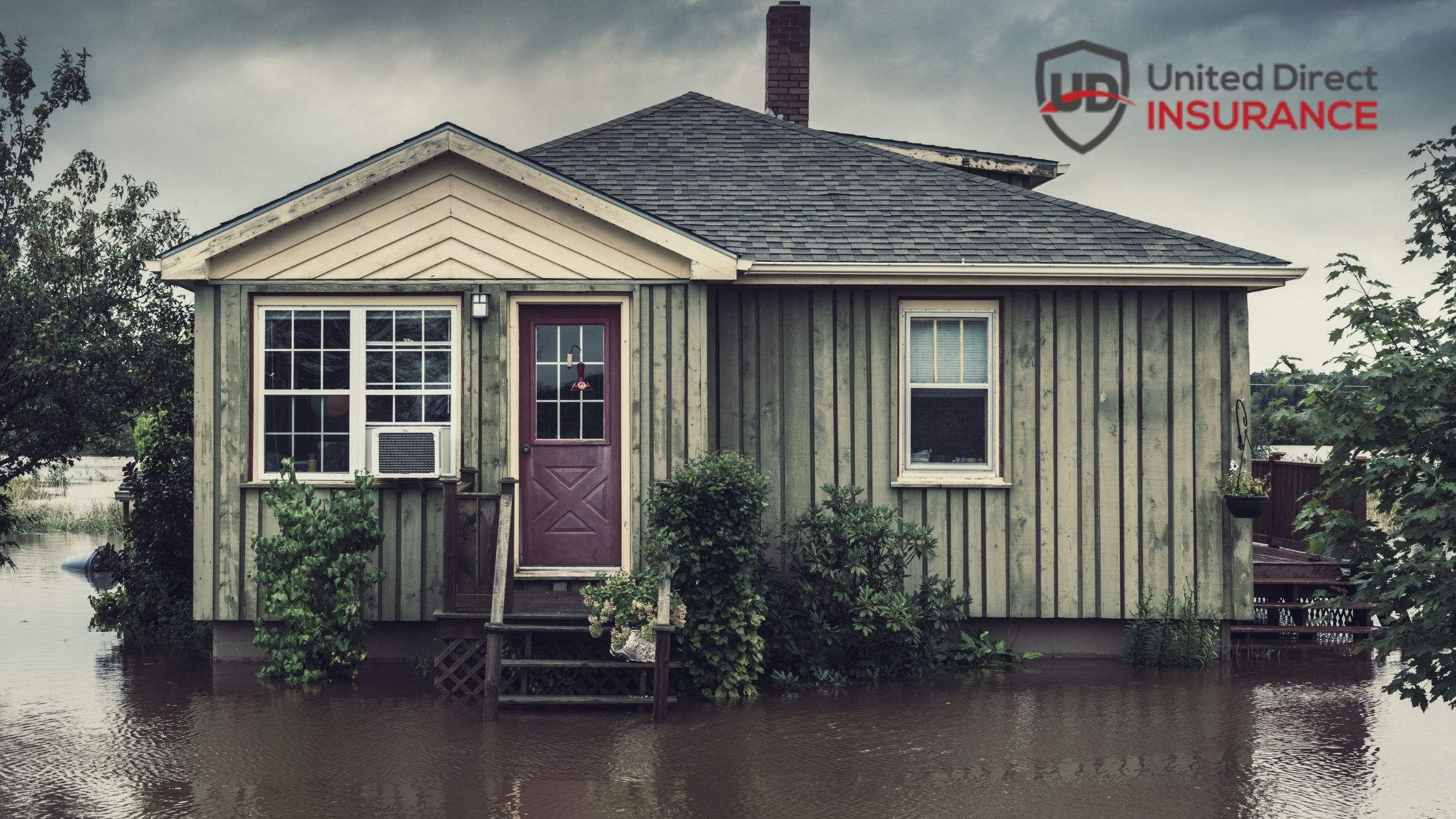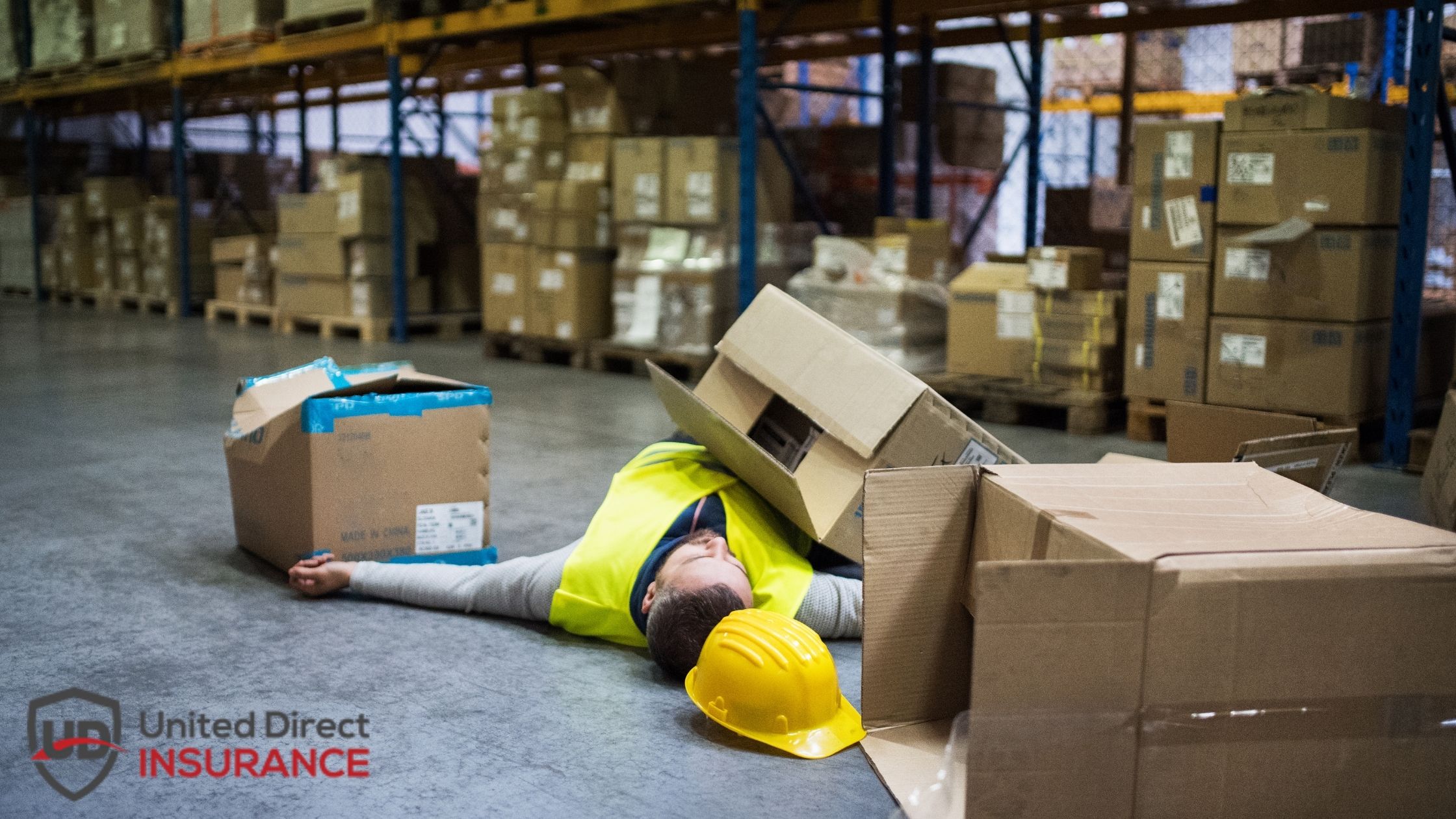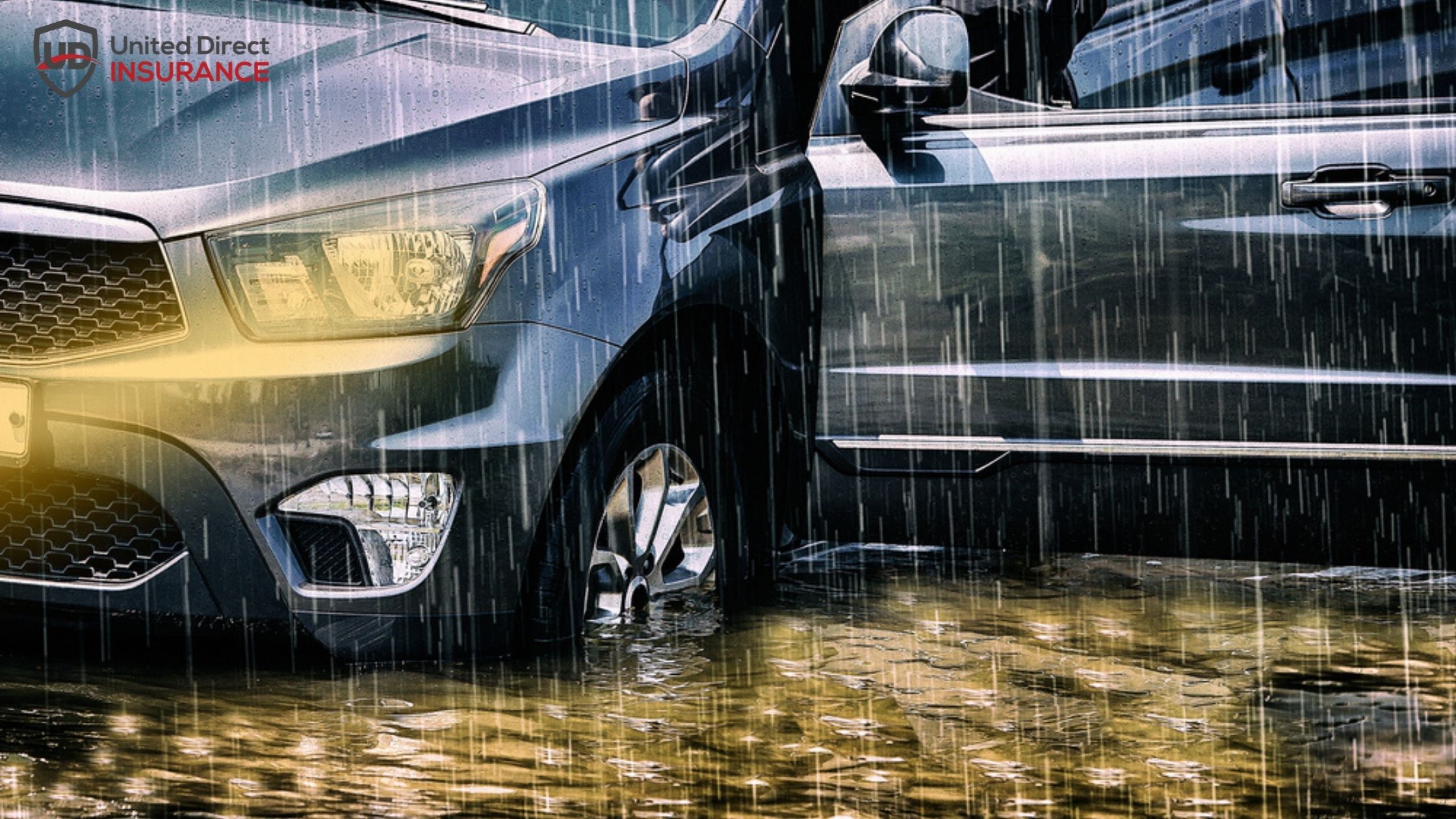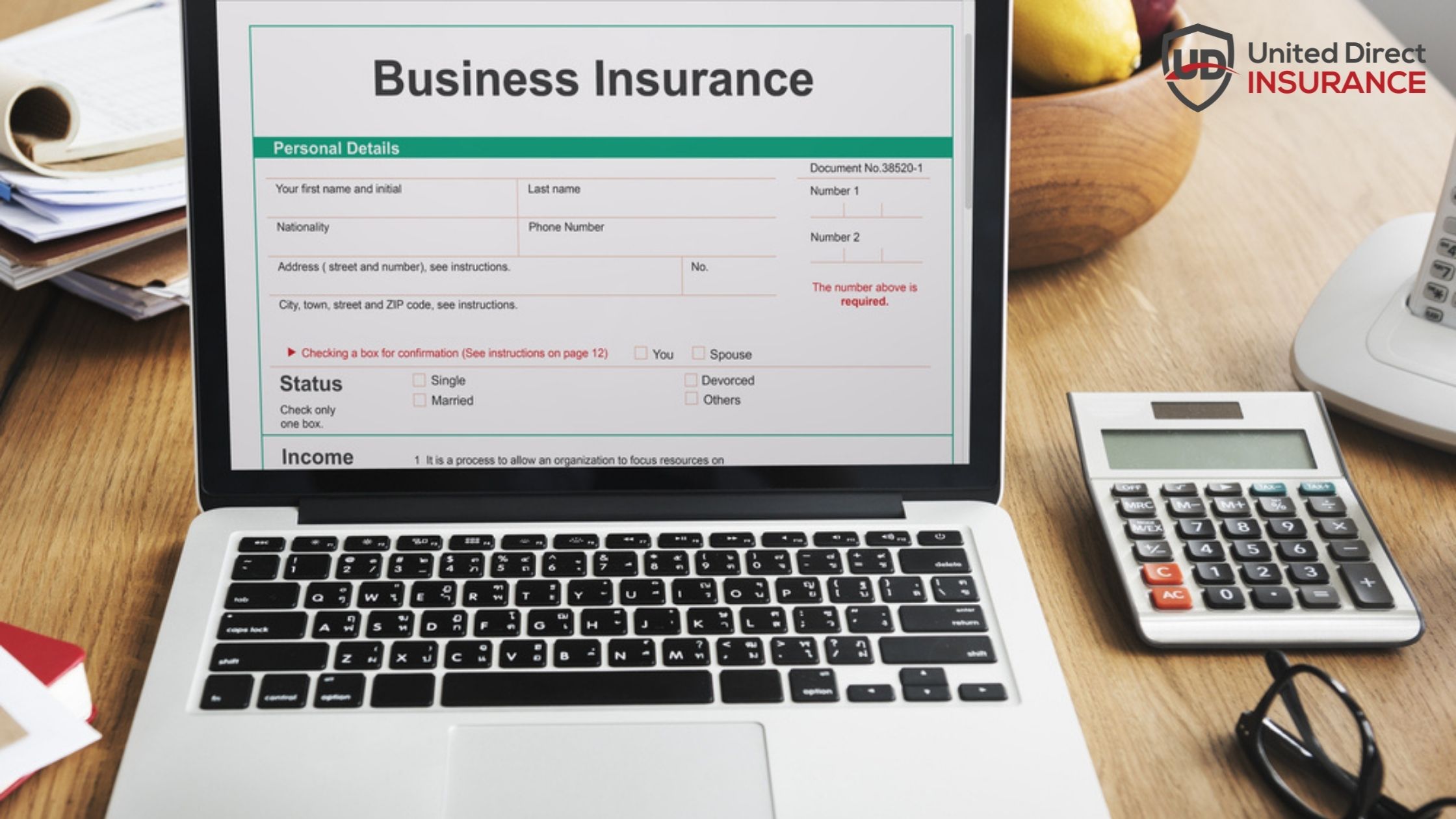Moving into a new house can be exciting, tiresome, and even potentially dangerous. Among other things, you need to figure out how to organize your new home, ensure that every important feature is in good condition, check for hazards, and familiarize yourself with the new place. Therefore, knowing what you need to do can help you create a schedule to remember every task and perform it correctly. Some of the main things to do when moving into a new house include:
-
Make a Priority List
With a dirty empty house, packed boxes on the porch, and a leaking HVAC system, you will likely get confused about first what you're supposed to do. That's where a priority list comes in handy. Here, you need to write a to-do list, prioritizing the essential tasks that will get your life going. For instance, if you intend to spend the night at your new house, ensure you unpack the beddings and prepare the bedroom early enough. Other tasks such as mowing the lawn can come later.
-
Revamp Surfaces
Before unpacking the boxes and organizing your new house, first, make sure the surfaces are clean. If there are any worn-out surfaces, ensure you polish them to create a fresh look. Don't forget to clean wooden surfaces using mineral spirits to dissolve dirt, grime, and residue.
-
Clean Appliances and HVAC Systems
If your new house has appliances such as a washing machine, refrigerator, dishwasher, and dryer, ensure you inspect them and test their functionality. Also, be sure to clean them, focusing more on the important parts. For instance, when cleaning the refrigerator, focus more on the condenser coils as any debris in this part can impair heat release. Likewise, when cleaning the HVAC system, give more attention to the AC condensers and evaporators by removing any dirt. Also, replace the furnace filters in the HVAC system to avoid any clogging of air due to the accumulation of debris.
-
Know Your New House
After moving into a new house, you need to put in some effort to know the place well. To achieve this, start by locating important spots and fixtures in and around the house. For instance, be sure to identify the main water shutoff valve, the electrical panel, smoke, and CO detectors, if any, the sump pump, and the sprinkler, among others. Additionally, inspect all the crawl spaces and hidden places such as the attic and the fireplace to confirm that they are not housing any dangerous crawling animals, especially if the weather is extreme. It would help if you also watched out for bugs, mold, and leaks that may endanger your family's health.
-
Install a Home Security System
To keep your home safe from burglary and invasions, you should consider installing a home security system, especially if the location is crime-prone. This not only helps keep thieves at bay but also helps lower your home insurance premiums. Door and window alarms should be strong enough to enhance security in your home. However, if your budget allows, you can also include motion detectors and security cameras in different parts of your home.
-
Maintain a Homeowner's Journal
A homeowner's journal is where you record or keep all essential documents and information concerning your house, from home insurance documents to renovation plans and records. Therefore, ensure you create a homeowner's journal for your new home. Also, remember to include an up-to-date inventory of all your belongings in it, as this will come in handy if you need to file a property damage claim.
-
Get to Know Your Neighbors
Studies show that being a part of a community can tremendously contribute to your well-being. For example, it gives you a sense of belonging when you move to a new place. It also makes it easier for you to familiarize yourself with the new environment as you will likely have someone to show you around. Lastly, it enables you to make new friends, something that can be helpful for personal development. Therefore, as you strive to settle down in your new house, make a deliberate effort to know who your neighbors are, as some of them may even offer to help you through settling.
-
Test the Sump Pump
A sump pump can develop rust and malfunction, mainly if it stays too long without being used. Keeping this in mind, you want to ensure that it's working perfectly ahead of the rainy season. Therefore, pour water into your sump pump and test if it works correctly to avoid unpleasant surprises during the rainy season.
-
Decorate Your New House
Once all the essential features are in order, you can now start customizing your new house to your liking. Customization ideas include decorations, repurposing items, remodeling some old things, and generally giving the place a new look. You can also set aside one room and make a sanctuary where you can go in to re-energize after a long day. Make this room as comfortable as possible as this will help a great deal on days when you need to get away from your small world without actually leaving the house.
Get the Right Home Insurance Coverage
Homeowners insurance is vital when moving to a new house. Contact our team of professionals at United Direct Insurance Services today for all your home insurance needs.








